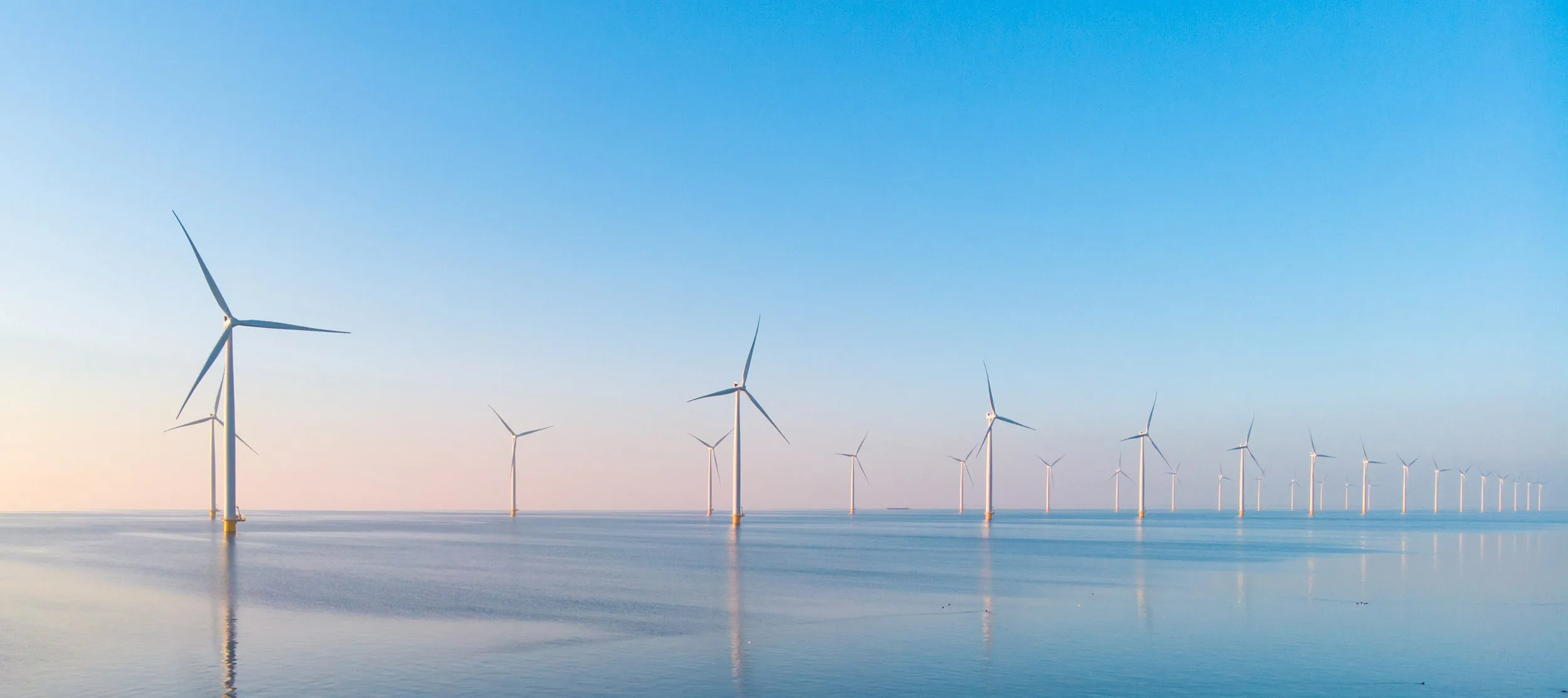Wind farms – wind power planning must improve
Renewable energy is key to reaching net zero by 2045. But this transition must be achieved in harmony with nature: the right technology in the right place with enough space for nature.

On this page
Renewable energy targets
Climate change poses the single greatest long-term threat to nature, and the RSPB recognises the essential role of renewable energy in addressing this challenge. The UK Government has committed to a fully decarbonised power system by 2035, aiming to achieve 40GW of offshore wind by 2030 alongside onshore wind, solar, biomass and other renewables. We must ensure our energy transition is developed hand in hand with measures to save nature.
Time to act
The shift away from fossil fuels must happen now if we are to achieve net zero by 2045. Wind power is one of the most advanced renewable technologies, but reaching net zero will require an unpredecented expansion. As it is, poor wind power planning already threatens struggling seabirds. The UK Government must adopt new approaches to how we plan renewables to deliver rightly ambitious targets as part of a truly green energy revolution.
Wind turbines and birds
Wind farms can harm birds through disturbance, displacement, habitat loss and collision, and by acting as barriers. The impacts of both onshore and offshore windfarms can be minimised through strategic planning, which should locate renewables in the least sensitive areas and assess ecological impacts at the very start of the process. But, in the context of rapid and unprecedented renewables expansion, avoiding and reducing harm will not be enough to give nature a chance.
Wind power planning for nature
We are calling for a more strategic and long-term approach to wind development which will benefit nature and climate. Crucially, this must include government-led action to plan where this technology goes and build positive outcomes for nature into our energy transition. All intervention must focus on tackling the root causes of wildlife decline to bring about meaningful change for nature in this decade.